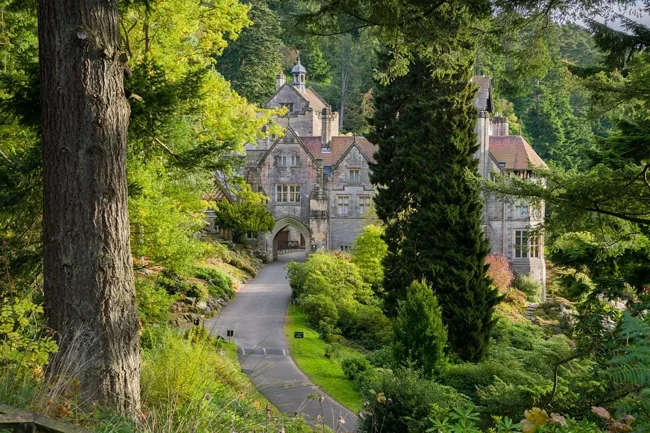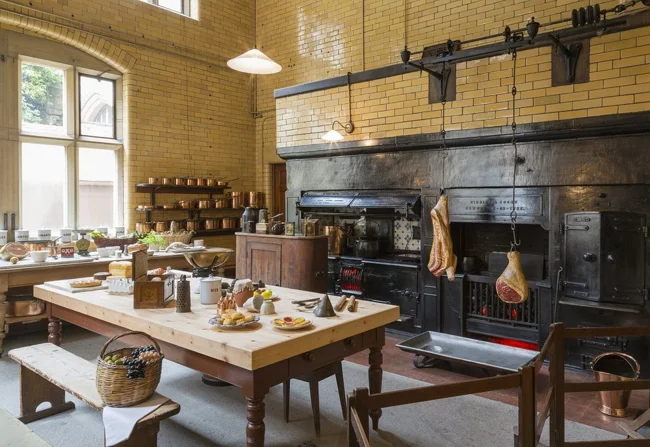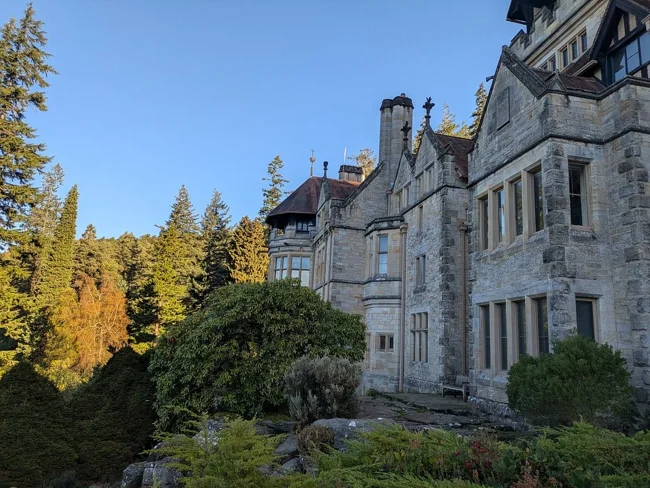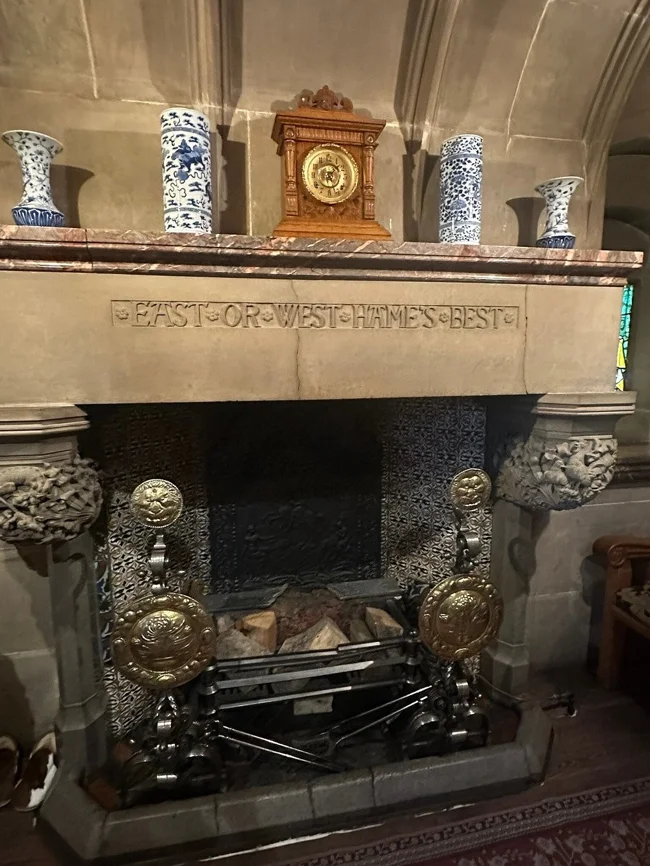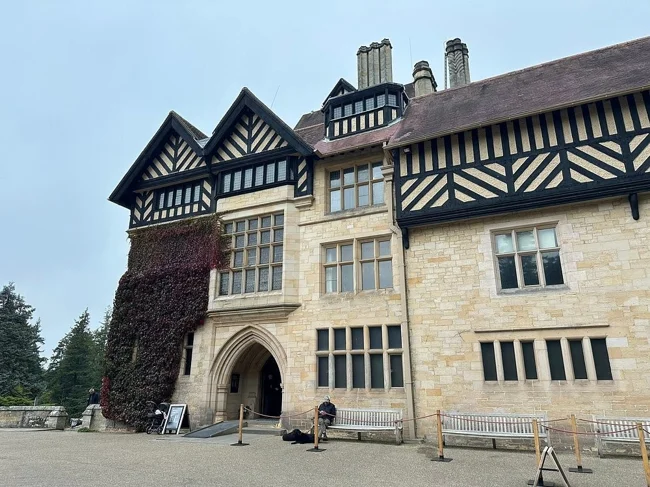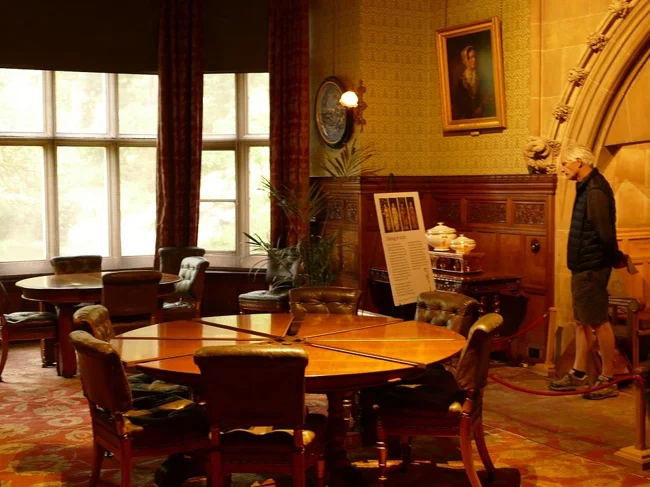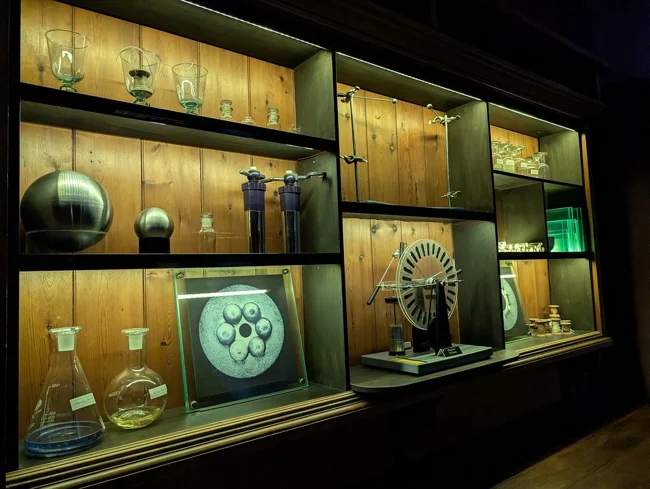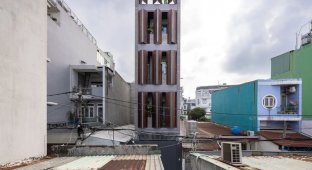The story of a Victorian inventor's victory over darkness (18 photos + 1 video)
Long before Thomas Edison launched his first commercial power plant, real electric light was already glowing in the heart of the English county of Northumberland. 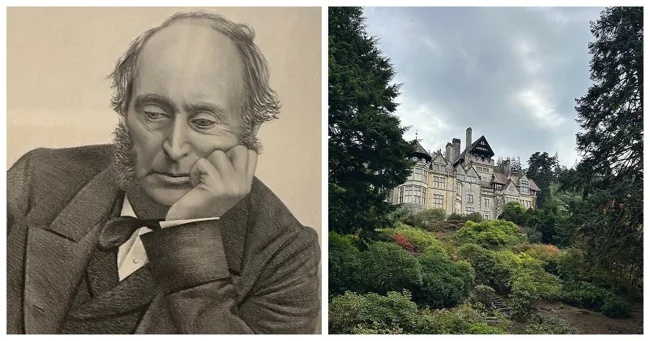
Its cold, clear light flooded the interiors of the remarkable house known as Cragside, which its creator, William Armstrong, transformed into a living embodiment of the future. 
Cragside
In an era when the world plunged into darkness at sunset, and the only alternatives were smoky gas jets and oil lamps, Armstrong performed a miracle. He didn't wait for progress to come to him; he created it with his own hands. Together with architect Richard Norman Shaw, he erected not just a Tudor-style mansion on a rocky slope near Rothbury, but successfully implemented an experiment in which nature served man.
The walls of this house concealed unseen mechanisms: a dishwasher whose hum merged with the sound of running water, a hydraulic elevator that silently transported residents between floors, and a small lift that delivered food from the kitchen directly to the dining room. 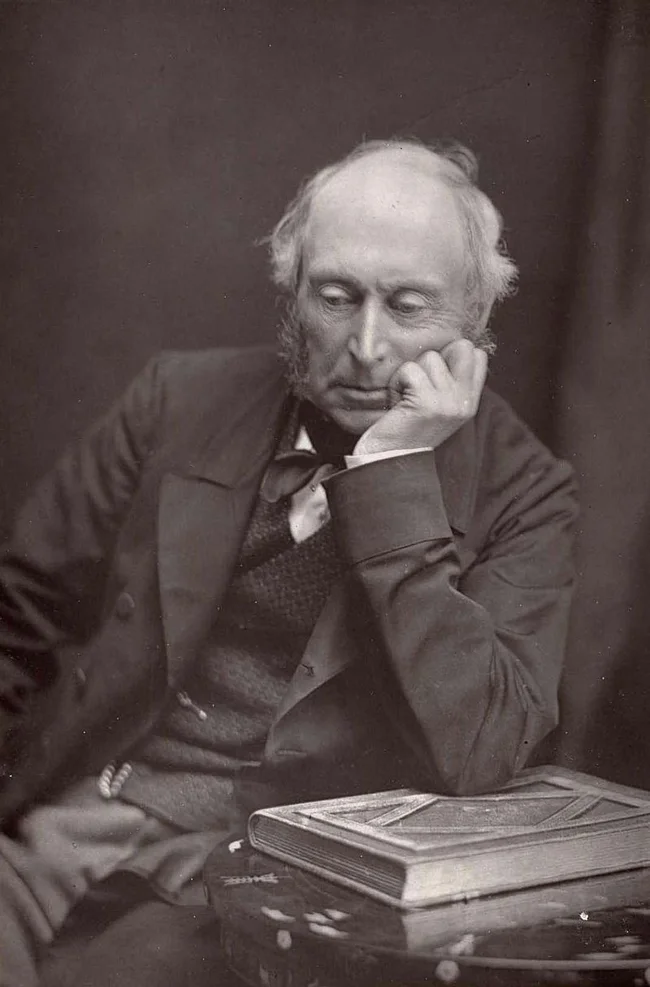
Armstrong in the 1870s
To breathe life into this mechanical fantasy, Armstrong turned to the force he had idolized since childhood – the power of water. He tamed nearby streams by constructing dams and creating a system of five reservoirs. In 1870, he installed a dynamo on one of them, and Cragside forever went down in history as the first private home with its own hydroelectric power station.
At first, a single arc lamp shone beneath its vaults in the art gallery. Its harsh, almost unnatural light illuminated the canvases and sculptures, creating a surreal spectacle. Later, the entire house was entangled in a web of wires, supplying power to a dozen ceiling lamps in the same gallery and eight additional lamps that lit when the lights in the dining room went out. 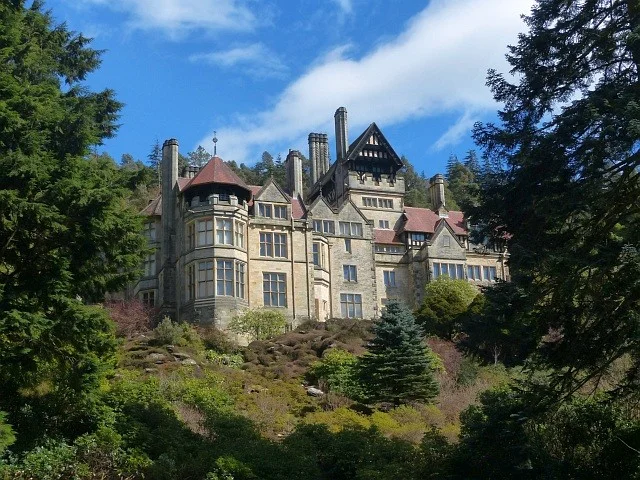
Armstrong, a true engineer, constantly improved his system. After his death, the house, left without an owner, fell into oblivion. Only in the 21st century, in 2014, was a new turbine installed on the estate. Slowly rotating under the pressure of falling water, it, just like a century ago, provides light to the house, powering 350 light bulbs, each of which lights in memory of its brilliant creator. 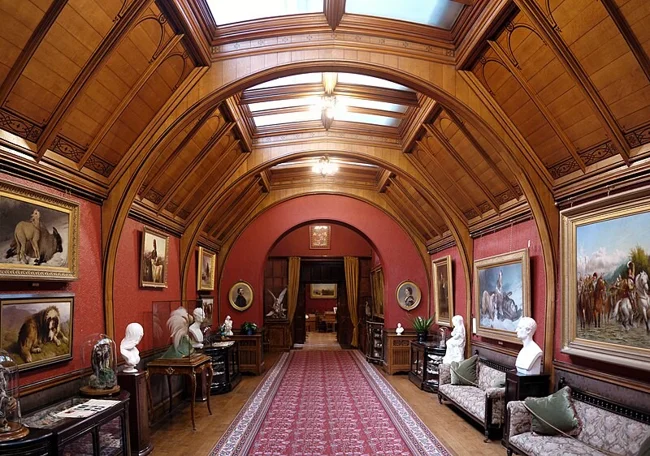
Gallery with Overhead Lighting
William Armstrong was more than just an inventor. He was a Renaissance man born in the Victorian era. And he considered Cragside his greatest creation and his personal paradise. Here, among the many trees he planted that forever changed the local climate, he united his threefold passion: machines, electricity, and nature itself.
After his death, the house endured years of neglect, was occupied by the army, and only in 1979, reborn as a museum, did it open its doors to all who wish to experience the legend of the master of water and light. 
Pool in a Victorian Turkish Bath 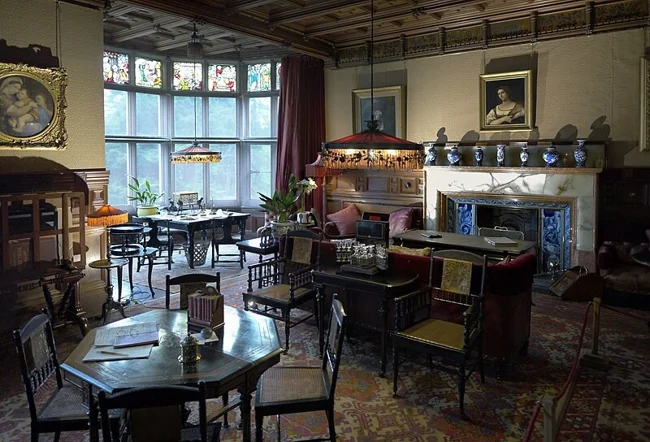
Library 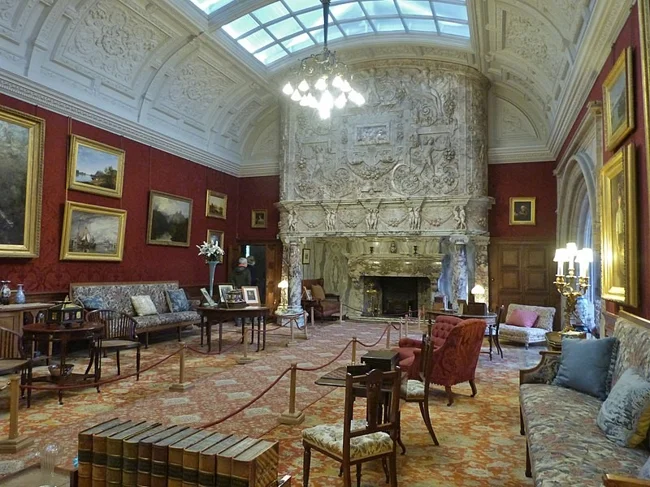
Gostin th 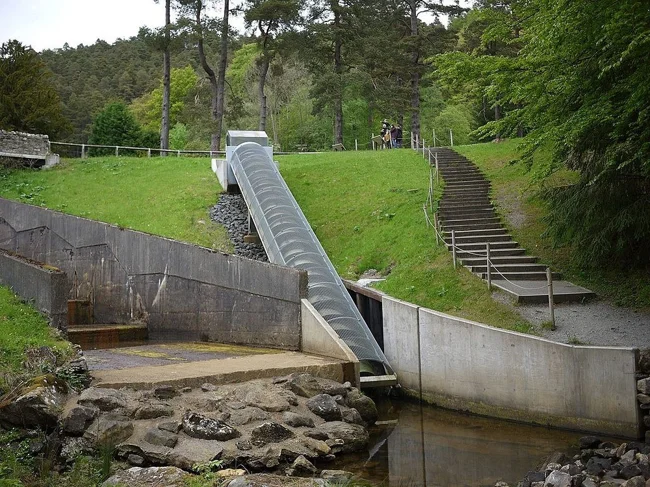
Turbine 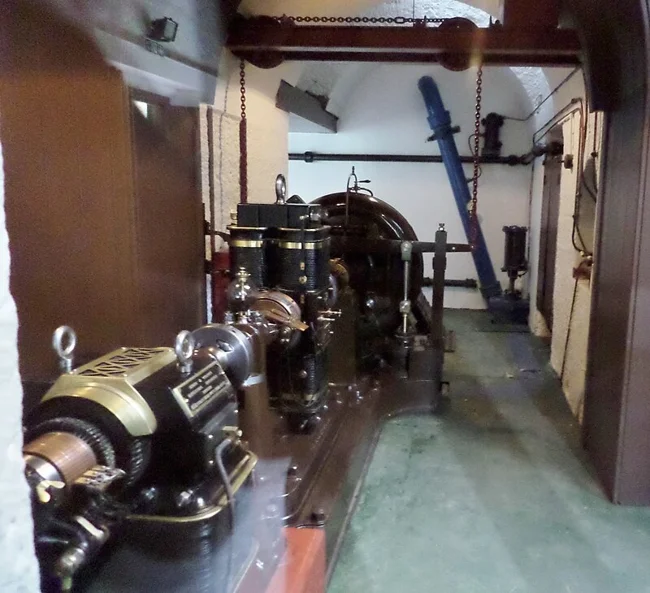
Original hydraulic cylinders 